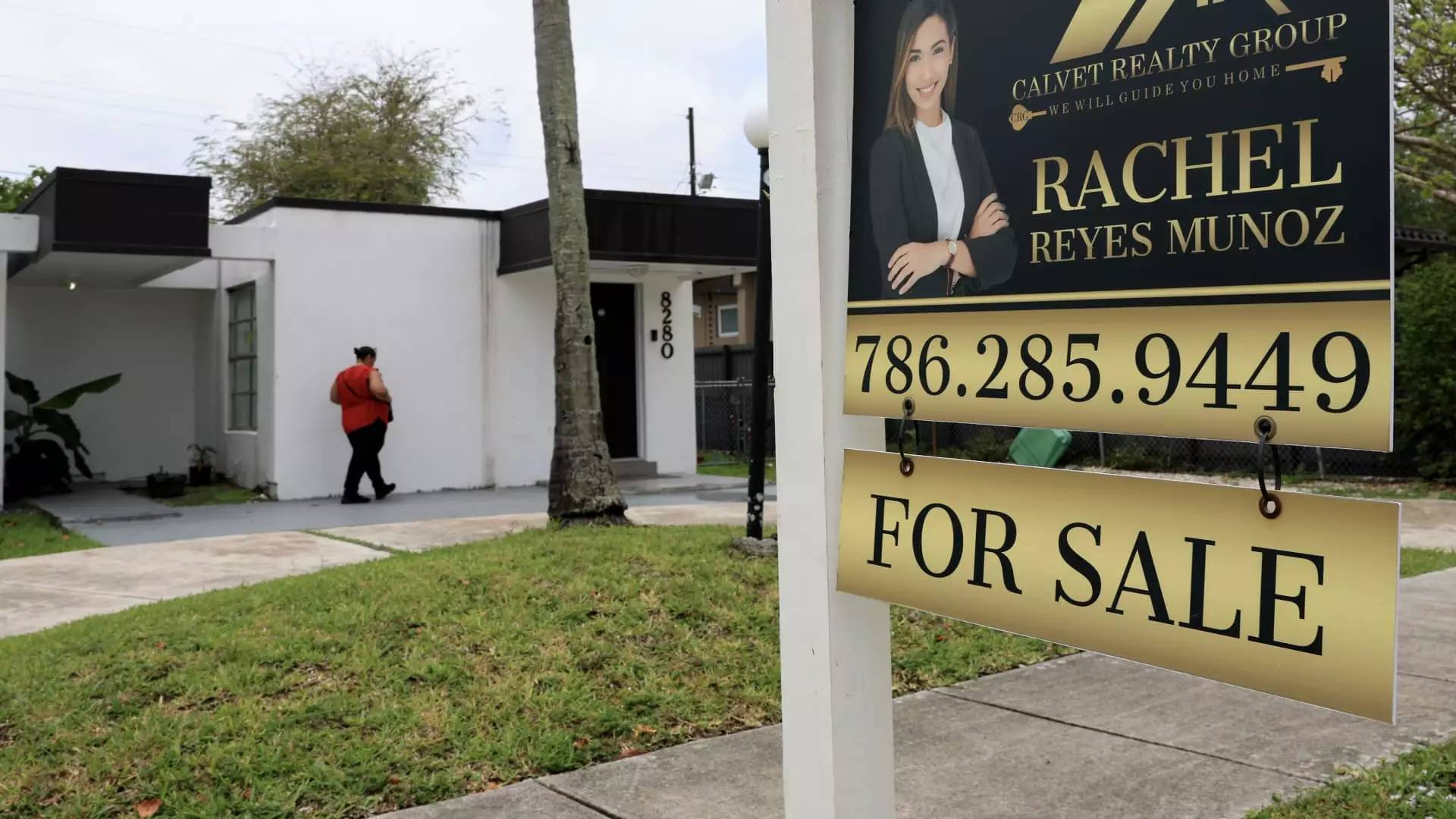In an unexpected turn of events, mortgage demand from homebuyers has seen a notable uptick for the second consecutive week. This trend, while encouraging, raises questions about the underlying motivations driving this resurgence. Are potential buyers driven primarily by the allure of an expanding housing inventory, or are they simply willing to overlook economic uncertainties and tariff concerns in pursuit of homeownership? Recent data from the Mortgage Bankers Association indicates a 1.1% rise in total mortgage application volume, revealing a community eager to invest in their futures despite the national economic climate.
Interest Rates and Market Dynamics
It’s crucial to understand the setting in which these applications are surging. The average contract interest rate for 30-year fixed mortgages has climbed slightly to 6.86%, up from 6.84% the previous week. What should concern us, however, is that this rate is 22 basis points higher than this same time last year, demonstrating a persistent trend of climbing costs for borrowers. Despite that, the slight dip in refinancing applications suggests that borrowers are hesitating to take advantage of what they perceive as diminishing returns. The paradox lies in the greater enthusiasm for purchasing a home, specifically among first-time and lower-income buyers who often lean towards government-backed loans with lower down payment requirements.
Market Conditions: A Double-Edged Sword
The data presents an interesting dynamic in real estate. The increase in home inventory—reported at 14% higher than last year according to Redfin—is perhaps the most powerful motivator for buyers at this moment. As Michael Fratantoni, Chief Economist for the Mortgage Bankers Association, notes, this scenario presents opportunities that were scarce in the previous two years. Increased inventory leads to more options, allowing a broader spectrum of buyers to jump into the market. But does this accessibility truly translate into enhanced stability in the housing market? The refuge offered by more available homes cannot overshadow the ongoing shadow of economic ambiguity that looms over consumers’ heads.
Implications for Economic Policy and Society
As we witness this activity, we must not lose sight of the larger economic implications. The rise in demand and applications signals a potential recovery for the housing sector, perhaps even leading to eventual stabilization. However, encouraging the growth of the market shouldn’t come at the cost of ignoring the economic disparities experienced by lower-income families, who often rely on government exposure to even enter the housing race. It is imperative that policymakers embrace a center-wing liberal strategy that emphasizes support for these vulnerable demographics while ensuring that this renewed interest in home investment does not spiral out of reach due to inflated costs and economic uncertainties.
By focusing on sustainable economic growth and policies that balance opportunity with accessibility, we might emerge from this tumultuous time not just with revitalized markets, but with a more equitable housing future for all. The path forward is steeped in complexity, but the willingness of potential buyers to engage in the market showcases a flicker of optimism that must be nurtured and guided responsibly.

